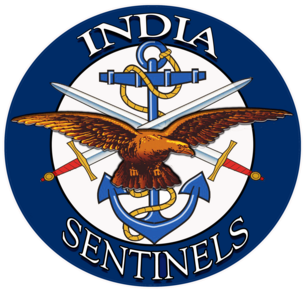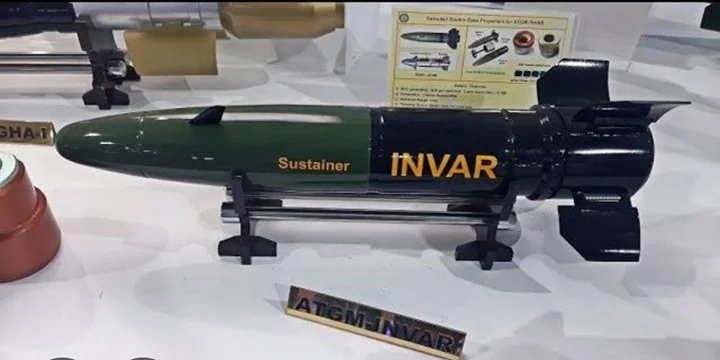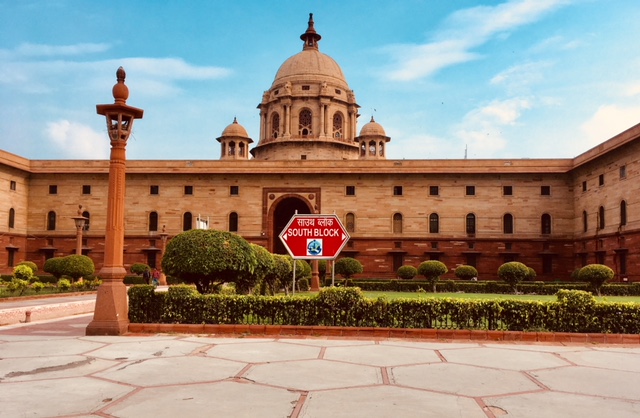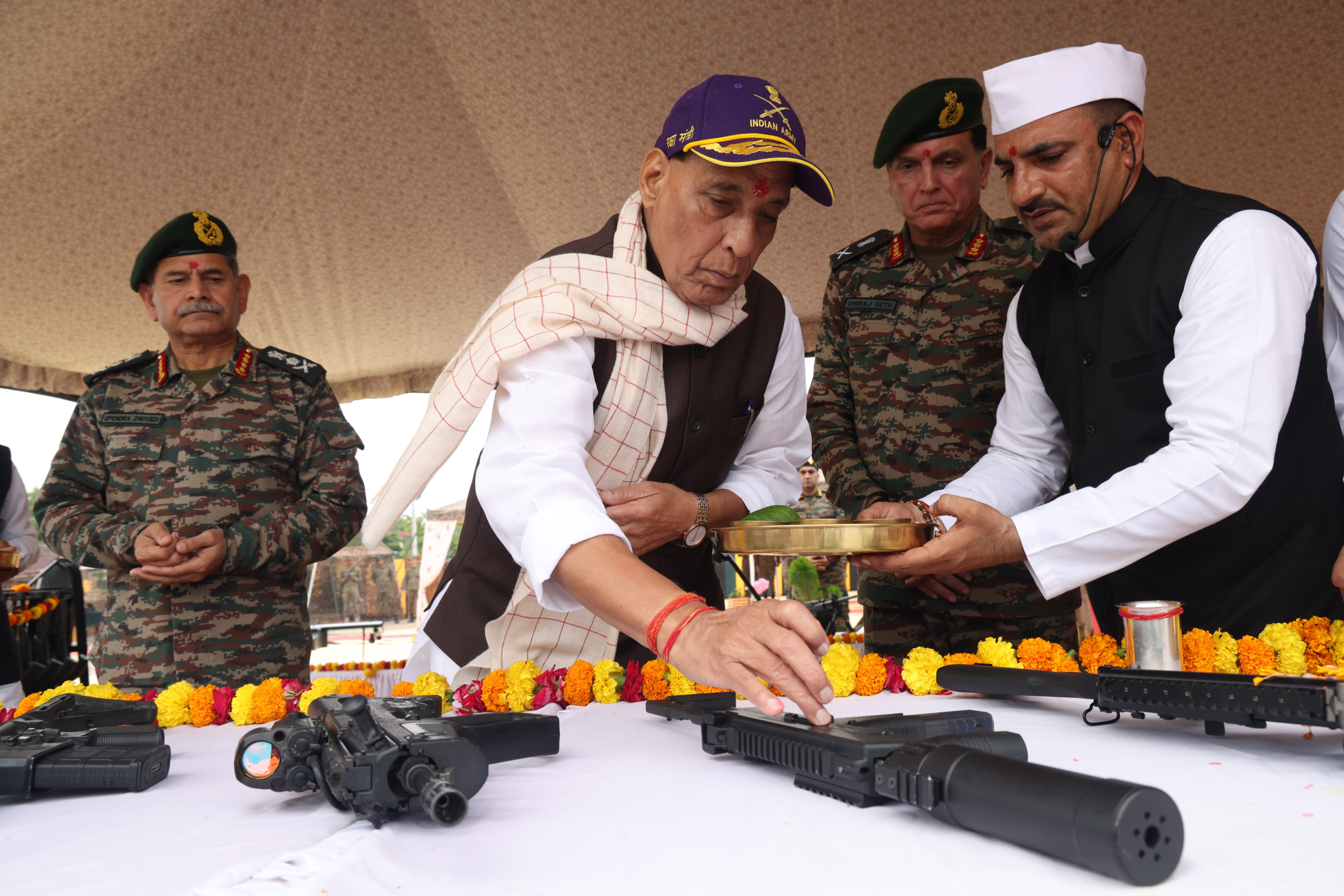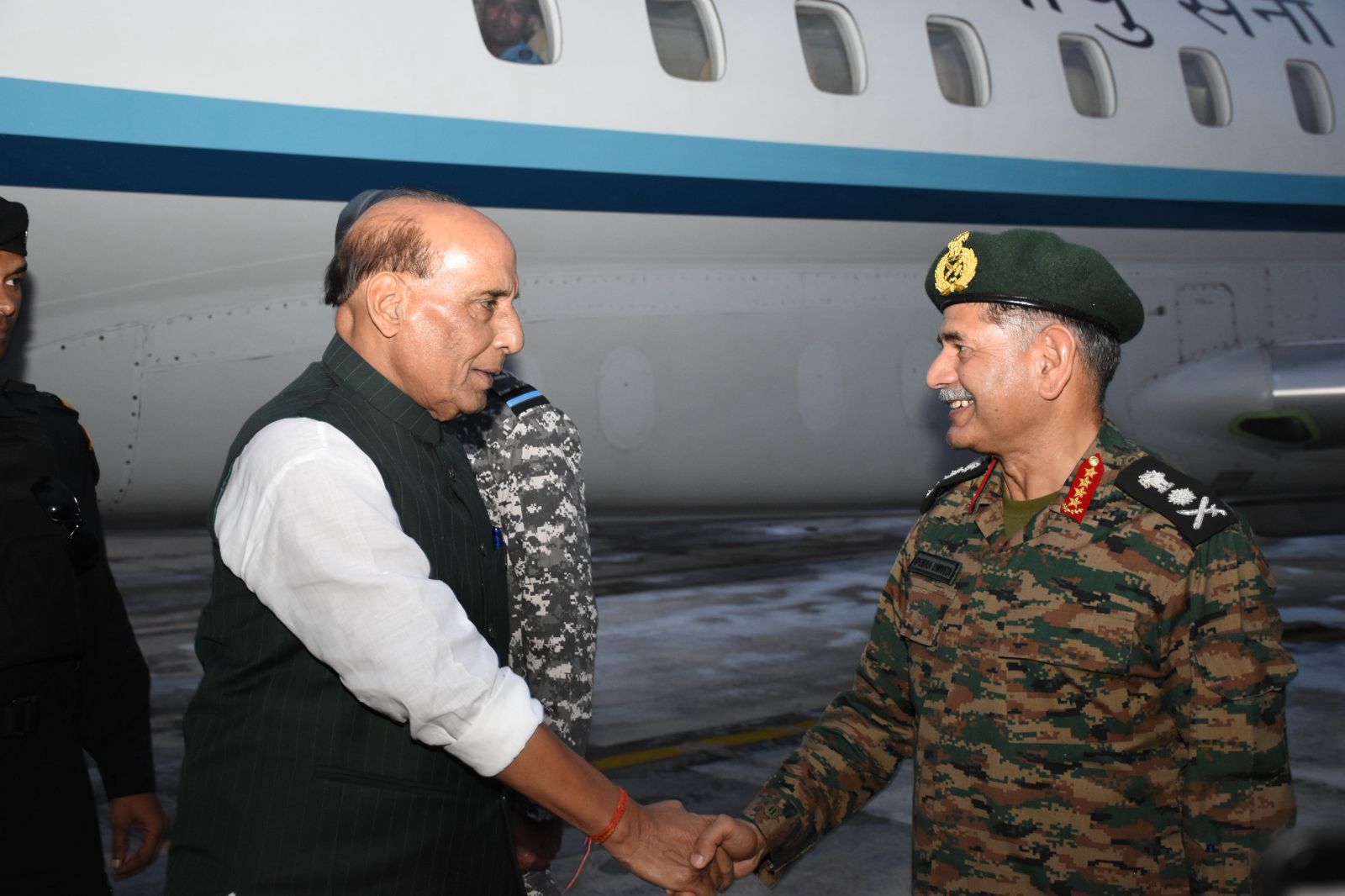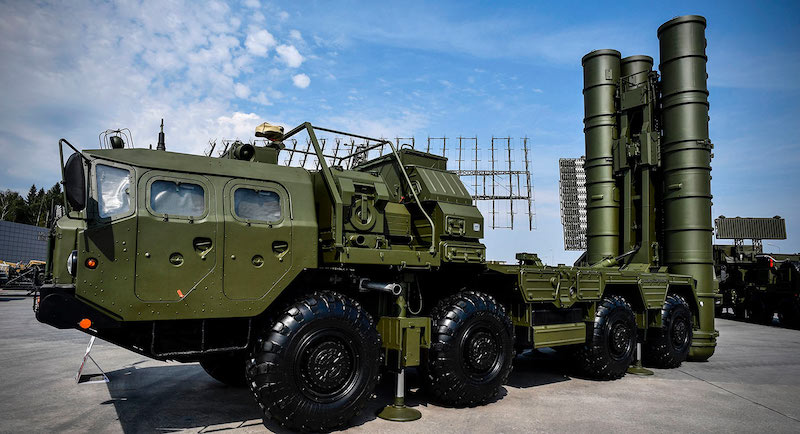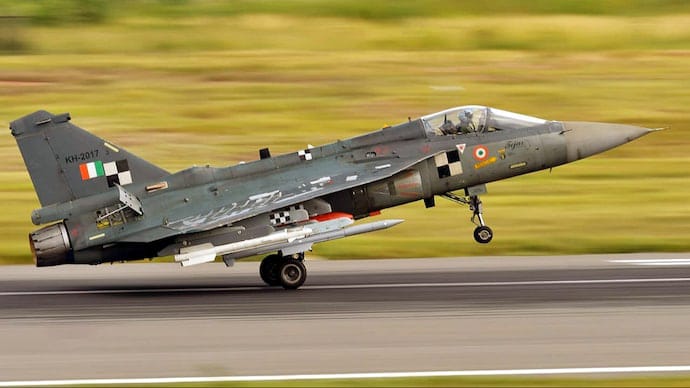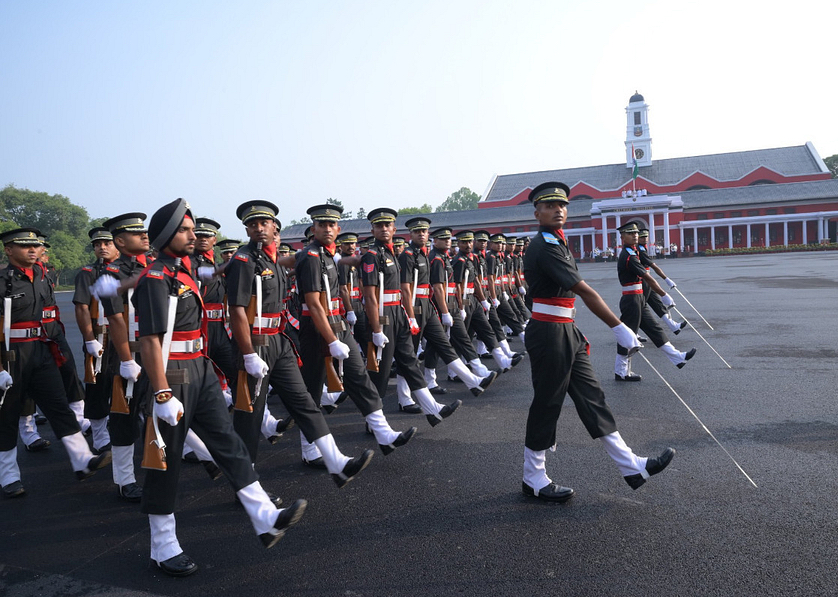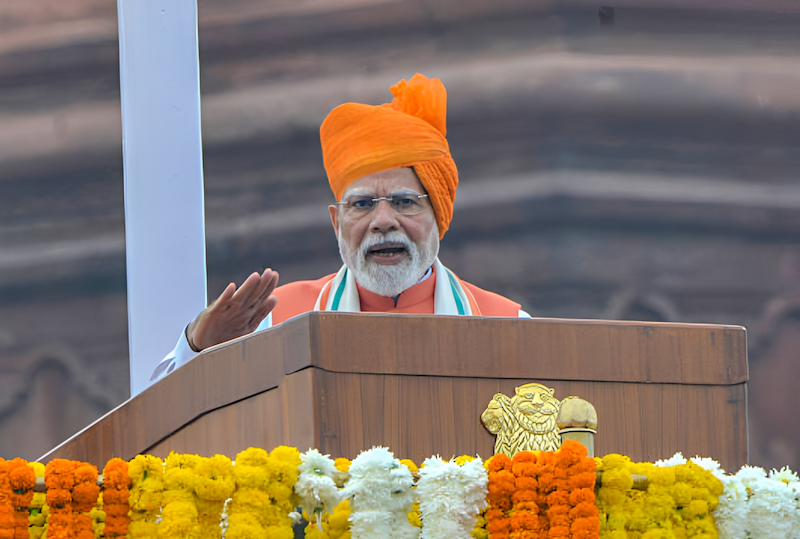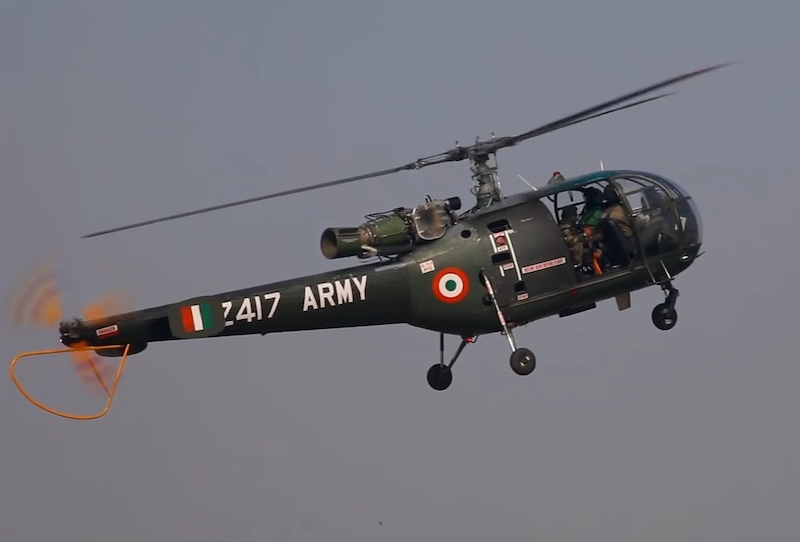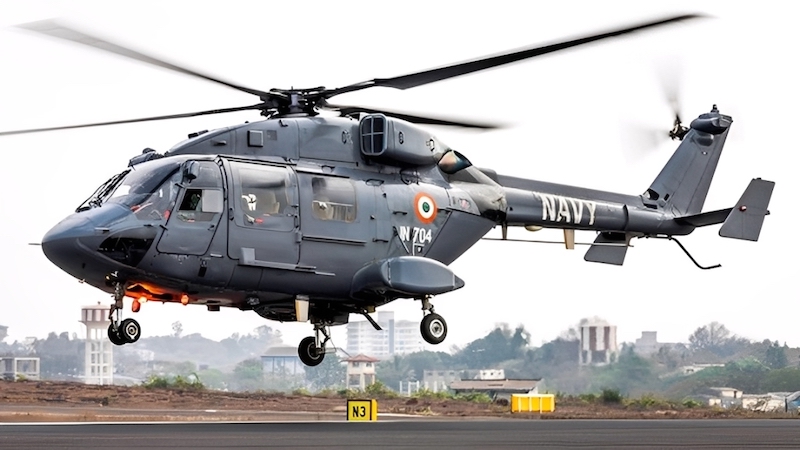 The Navy operates various helicopter platforms, including the indigenous HAL Dhruv advanced light helicopter, as seen in this file photo.
The Navy operates various helicopter platforms, including the indigenous HAL Dhruv advanced light helicopter, as seen in this file photo.
New Delhi: The Ministry of Defence has issued a request for information (RFI) for 76 naval utility helicopters valued at an estimated ₹5,000 crore, marking a significant step in India’s maritime modernization programme.
The procurement, divided between 51 helicopters for the Indian Navy and 25 for the Indian Coast Guard, forms part of the government’s broader strategy to enhance indigenous defence manufacturing capabilities under the “Buy and Make (India)” category.
The Indian Navy has issued a Request for Information (RFI) to procure 76 naval utility helicopters (NUHs), according to recent reports. The aircraft will be deployed for maritime search and rescue operations, humanitarian assistance and disaster relief missions, casualty evacuation, and low-intensity maritime operations.
Technical specifications
The RFI specifies that helicopters must feature twin engines with wheeled landing gear and blade-folding capability. The maximum all-up weight should not exceed five tonnes, with the aircraft required to operate from both ships and shore-based facilities.
Key operational requirements include day and night capability, maritime surveillance systems, and the ability to integrate weapons platforms for targeting roles. The helicopters must also support aerial firefighting operations and communication duties.
Indigenous content
Under the “Buy and Make (India)” framework, only original equipment manufacturers can participate in the tender process. The programme mandates 50 per cent indigenous content for the “Make” portion of the contract, with critical technology transfer from foreign vendors required within specified parameters.
This acquisition model involves initial procurement of fully formed equipment from Indian vendors partnered with foreign original equipment manufacturers, followed by phased indigenous production incorporating technology transfer for critical systems.
The current procurement represents a separate initiative from India’s larger naval utility helicopter programme. On October 31, the Defence Acquisition Council had accorded the acceptance of necessity (AON) for the 111 NUHs under a previous programme worth approximately $3 billion, which envisions 16 helicopters in fly-away condition with 95 to be manufactured in India.
The Navy operates various helicopter platforms including the indigenous HAL Dhruv advanced light helicopter and imported systems from Russia and the United States. However, aging fleet components and expanding maritime operational requirements have necessitated substantial modernization efforts.
Timeline
Vendors must submit responses by October 17, 2025. The defence ministry expects vendors to propose helicopters with proven track records and the capability to integrate advanced systems for LIMO (low-intensity maritime operations) roles.
LIMO typically include counterpiracy operations, anti-smuggling missions, maritime border patrol, fisheries protection, counterterrorism operations, search and interdiction, coastal surveillance, support to law enforcement, etc.
In the context of naval utility helicopters, these aircraft would provide aerial reconnaissance, rapid response capability, and support to surface vessels engaged in such operations. They can quickly reach remote maritime areas, conduct surveillance with onboard sensors, and coordinate with ships and shore-based facilities.
For India, LIMO operations are particularly important given the extensive coastline, busy shipping lanes in the Arabian Sea and Bay of Bengal, and the need to maintain security in the Indian Ocean region where various non-state actors and transnational threats operate.
The RFI also includes requirements for simulators and associated training equipment, reflecting the ministry’s emphasis on operational readiness and comprehensive capability development.
Industry sources suggest several international manufacturers, including Airbus helicopters, Leonardo, and Sikorsky, may participate in the tender alongside Indian partners. The final selection will likely consider technical capability, cost-effectiveness, and technology transfer commitments.
This procurement forms part of India’s broader naval modernization programme, which includes submarine acquisitions, surface vessel construction, and maritime patrol aircraft upgrades aimed at strengthening capabilities across the Indian Ocean region.
